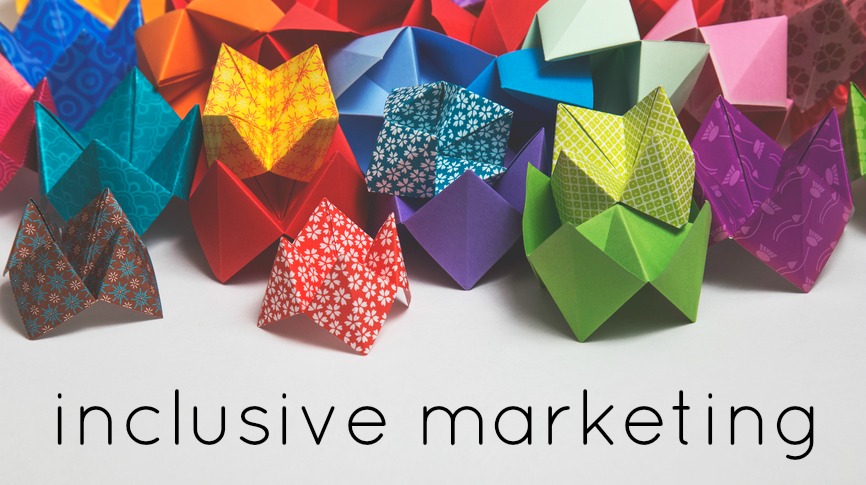
Race. Gender. Sexuality. Class. Immigration status. Religion. Ethnicity. Ability.
What do any of these have to do with marketing? Quite a bit, actually. Marketing has always been focused on demographics – targeting groups of people based on specific perceived characteristics (Think “Baby Boomers” or “Working Moms”).
However, the pre-packaged approach is not viable for two main reasons:
1. People are different. Really, really different.
The past year has brought issues of identity to the forefront. As Wesley Morris, the brilliant cultural critic, recently wrote in the New York Times Magazine, we are “in the midst of a great cultural identity migration. Gender roles are merging. Races are being shed. In the last six years or so, but especially in 2015, we’ve been made to see how trans and bi and poly-ambi-omni- we are.”
2. People expect marketers to embrace and speak to the full spectrum of their experience.
As Ilya Pozin explains in Forbes, “In an era when personal identities are complicated by nuanced expressions of gender, race, religion, nationality, language and so much more, brands are attempting to become even more sensitive, and connect authentically with consumers who are skeptical of what is typically a predominantly White marketing landscape.”
We’ve seen marketing professionals become increasingly aware of the diverse nature of their customer base – and more conscious of the social, political, and cultural forces swirling around their brands, products, services. But in my conversations with people who are responsible for the public face of their company – CMOs, PR folks, corporate communications types, social media and community managers — I’ve sensed a growing desire to carry it one step further and use their platforms to help facilitate social change.
I have come to call this aspirational approach Inclusive Marketing.
Inclusive Marketing is marketing to specific demographics without relying on stereotypes. Inclusive Marketers embrace their role in creating a visual culture that is more representative, that strives to understand our differences and histories, that seeks to illuminate places of commonality. Inclusive Marketing takes a progressive stand on issues of social justice.
What is NOT Inclusive Marketing? Inclusive Marketing is NOT putting a black person in an ad and considering the job done. It is not giving Caitlyn Jenner a favorable mention and thinking you’ve done your bit for the transgender community. It is not asking a person of color in your office to work on the new campaign that’s supposed to come from a “diverse point of view.”
It’s the right thing to do, but it can go wrong.
Case in point: Facebook. Last August, Facebook ran a celebratory graphic at the top of everyone’s news feed depicting women of various racial backgrounds and a banner that said: “On Aug 26, 1920, women achieved the right to vote in the U.S.” Well…not all women. August 26, 1920, marks the day that white women achieved the right to vote.
The Facebook blunder showcases the importance of training yourself to think like an Inclusive Marketer, and why you might want to consider scheduling one of these workshops.
So, who is getting it right? Here’s a look at 2015’s best examples of Inclusive Marketing.
This video had everyone on my Facebook feed choked up. MassMutual hired a documentary director to shoot this video featuring couples of different races, gender, and ages talking about marriage equality. I love this quote about the project: “At MassMutual, we value diversity and inclusion and we are committed to helping all of our customers secure their futures and protect the ones they love, regardless of color, gender, religion or sexual orientation.” -John Chandler, Senior Vice President and Chief Marketing Officer at MassMutual.
GoldieBlox’s year-end digital ad features young girls playing some of the most influential women of 2015. A great bow to sheros across age, industry, and race.
Adidas recently announced their “Change the Mascot” program, in which they will provide free design resources to high schools looking to get rid of their Native American mascots and nicknames.
Kleenex brought the tears with this ad featuring Chance and his owner Mike Williams.
Click here for a compilation of the companies that took to Twitter to celebrate the Supreme Court’s ruling on marriage equality. #LoveWins
In a nod to the increased awareness about the fluidity of gender, Target announced that it will no longer label their toy and bedding sections for “boys” or “girls.”
Swiffer WetJet took a lighthearted jab at household stereotypes with this ad featuring “Big Jerry.”
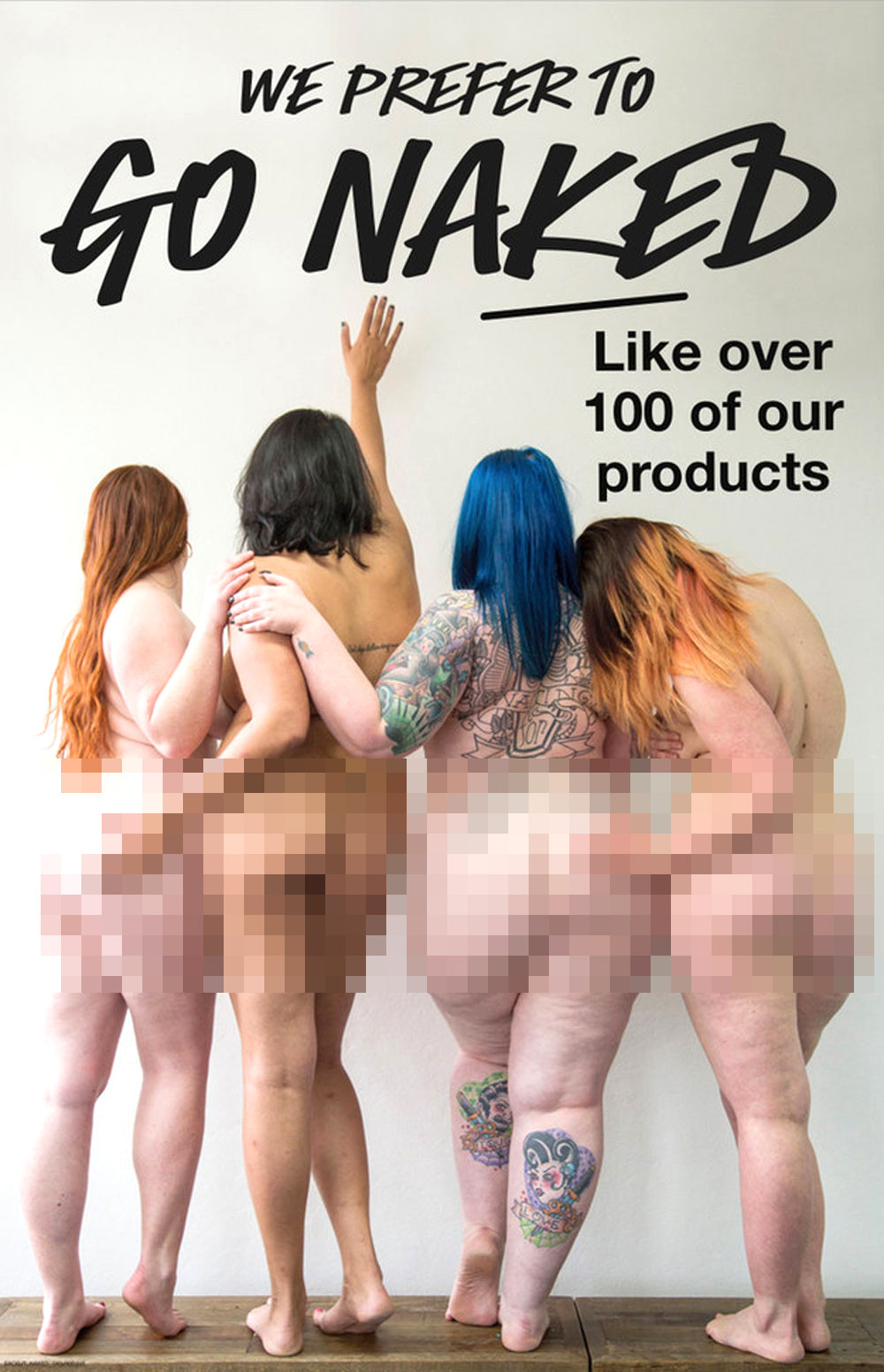
Lush Cosmetics, looking to raise awareness about the ecological impact of unnecessary packaging, ran this ad showcasing a variety of female body types rarely seen in print –refreshing! (The original ad didn’t feature the blurring out –we’re keeping things SFW over here).
The absence of brands supporting the Black Lives Matter movement has been noticeable. However, Google.org recently announced that it is giving 2.35 million in grants to community organizations working toward racial justice.
Inclusive marketing is not only the right thing to do – it’s the smart thing to do.
The people you market to are incredibly diverse. They do not fit neatly into a preformed demographic or persona. The sooner you understand this and embrace it, the sooner you can deliver the customer experiences that include, support, and delight them – rather than alienate them.
Have you come across other great examples of Inclusive Marketing? Please share them in the comments and I will add them to a database I’ll share later in 2016! You can connect with me here or @Fishica.
Jessica Fish
Jessica Fish, Engagement Specialist at Leader Networks, is a skilled community and social media marketing practitioner. For the past 10 years, she has held leadership positions for influential collaboration initiatives at organizations such as Harvard University, the Higher Education Recruitment Consortium and the Palladium Group’s Execution Premium Community (XPC). Her expertise ranges from developing training programs aimed to empower and support community managers, creating compelling and unexpected communication strategies, to facilitating on topics such as mindfulness, diversity, and social justice.
Related Posts
January 27, 2017
What does customer intimacy really look like?
Our events were unique because they delivered something our customers couldn’t…
2 Comments
Add comment Cancel reply
This site uses Akismet to reduce spam. Learn how your comment data is processed.
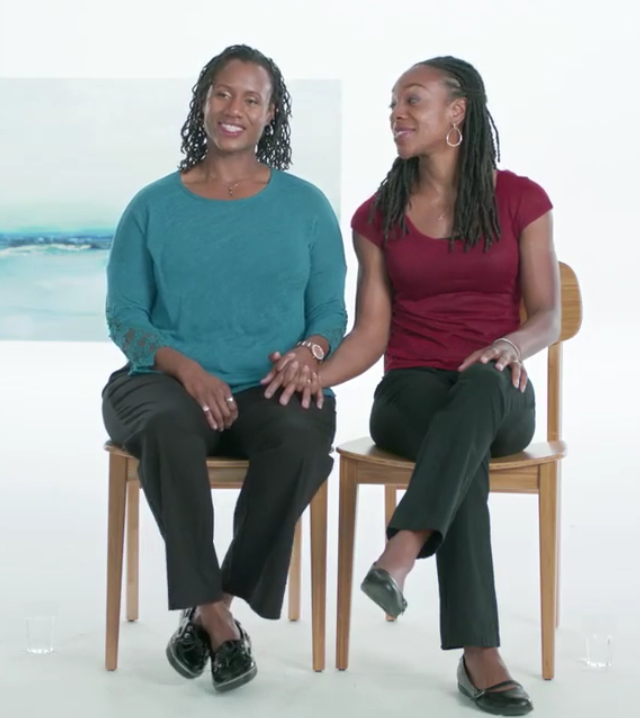
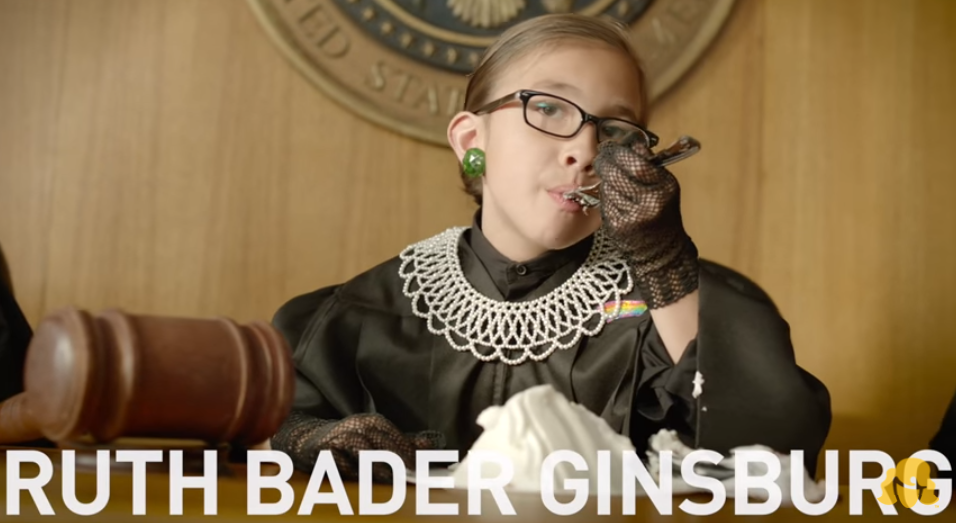




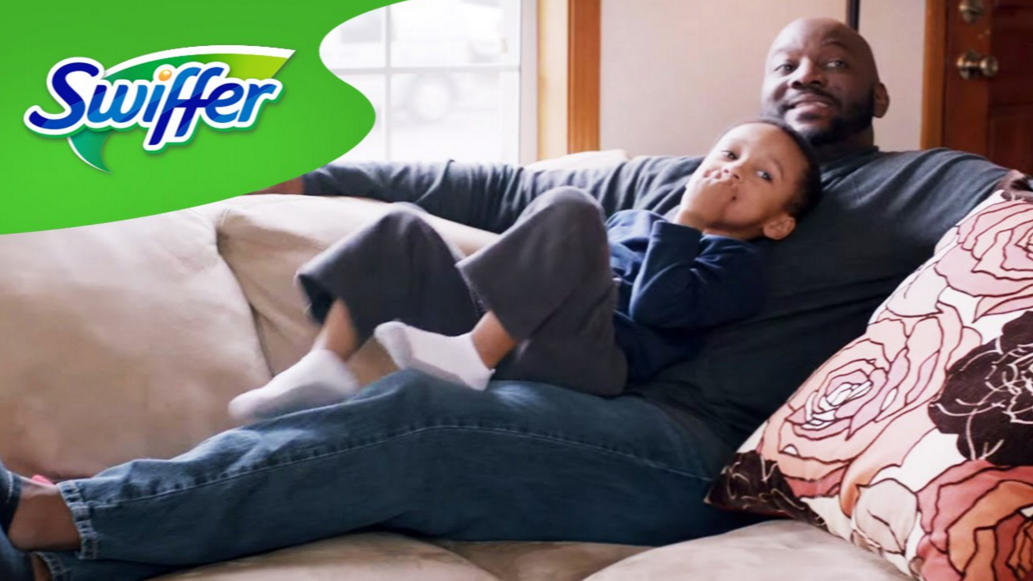
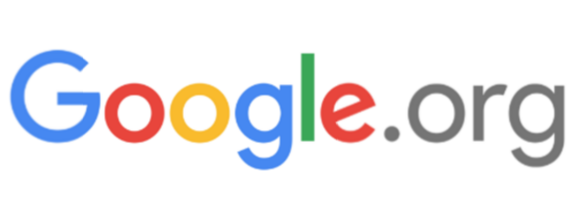
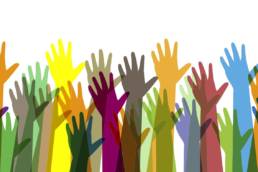


THANK YOU for posting this. Great article! Please send me more information about Inclusive Marketing – I would love to learn more about what areas we (marketers) need more professional development and how to obtain these enlightened skills.
[…] any brand of any size. On the opposite side, a business can get it all wrong if not used properly (Facebook […]